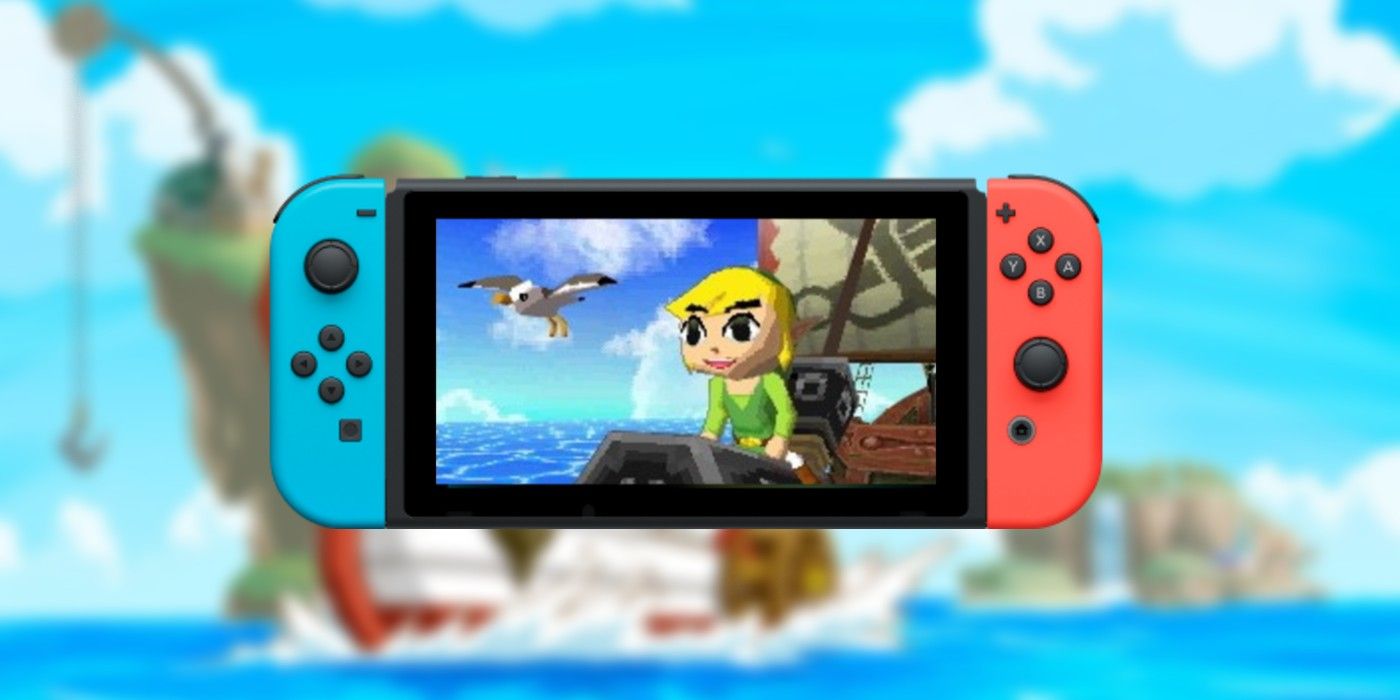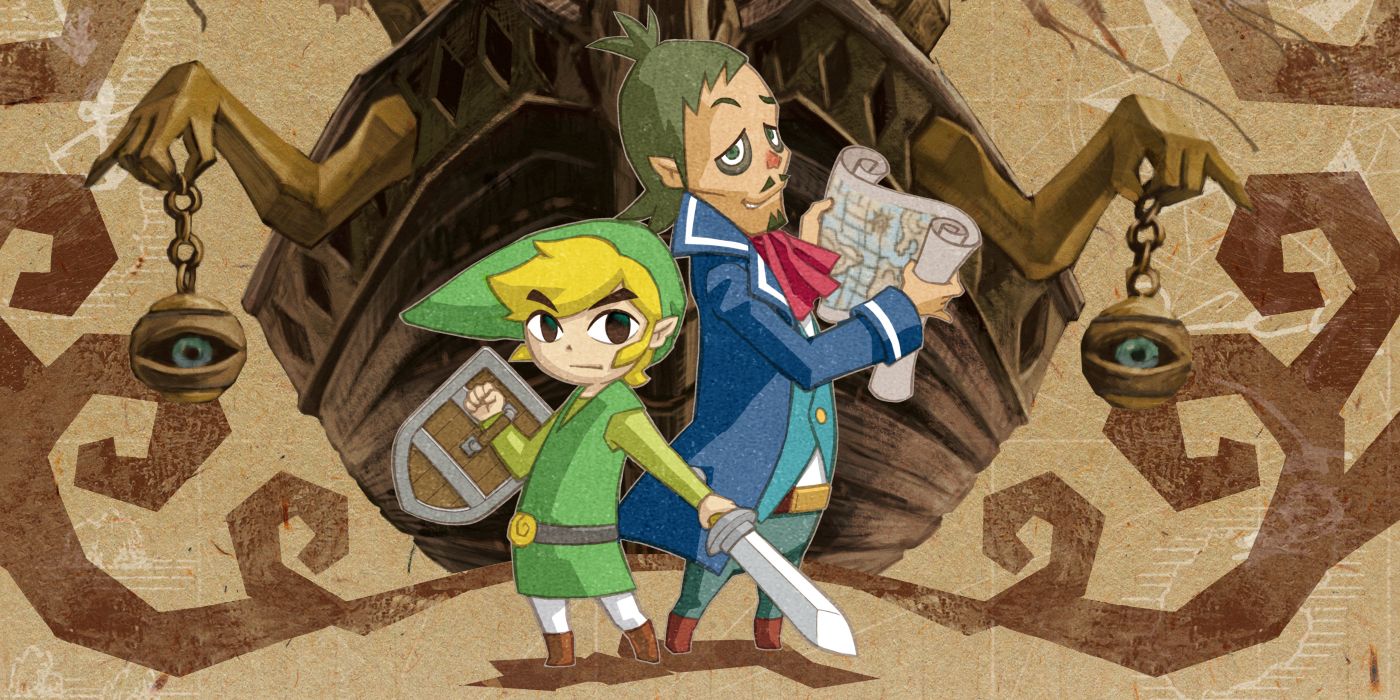The Nintendo DS was one of Nintendo's most successful platforms, but its duo of The Legend of Zelda games aren't the most beloved in the franchise. Phantom Hourglass and Spirit Tracks forced players to use the DS touch screen to control Link's every move, which alienated some players, much like Skyward Sword's motion controls. It's starting to look like Phantom Hourglass may end up being part of the rumored Zelda 35th anniversary collection pack, so how could Nintendo update its problematic controls for the Switch?
Recently, Nintendo filed a patent for "Phantom Hourglass" in Australia, initiating speculation that the company might release the DS title on Switch at some point this year, perhaps in a previously rumored collection of Zelda Switch remasters. DS games like The World Ends With You have managed to make the transition from DS to Switch, so it's entirely possible for Phantom Hourglass to do the same.
The DS Zelda titles have very touch-intensive controls, however, even for a Nintendo DS game. Players move Link by tapping and holding where they want him to go and slashing the stylus where he needs to swing his sword. The boomerang is controlled by drawing its flight path before it's thrown, and arrows are aimed using the touchscreen, as well. Even sailing requires players to draw a path for the boat to ride. Because of all these touch controls, it might not be possible to map Phantom Hourglass' commands to a controller without serious compromises.
How Zelda: Phantom Hourglass Might Control On The Switch
The obvious answer lies in the Nintendo Switch's touchscreen, but this control scheme would only function during handheld play. Instead, Nintendo might implement gyroscopic motion controls while playing in docked mode. Link could move with the analog stick and swing his sword with buttons, but controlling the boomerang could be done with motion controls, similar to how Super Mario Galaxy's pointer works on Switch. This control scheme could help ease the concerns of those who want a traditional control setup while still reaping the benefits of the original controls. The Legend of Zelda: Phantom Hourglass also gave players the ability to take notes on the map, which needed to be used in full effect to solve some of its island puzzles. Motion controls could make this possible, but touch controls are obviously the preferred route.
It's essential that players have the option to use buttons and analog sticks in handheld mode, too, but it would also make sense for Nintendo to allow players to use the touch screen in handheld, just as it worked in the original. Some fans might enjoy the original controls, so there's no harm in including the option to use them. Still, many fans appreciated the option to turn off motion controls in Paper Mario: The Origami King and similar games, so Phantom Hourglass should follow in their footsteps. It might not be the most highly acclaimed game in the franchise, but a Switch port that handles its controls well could end up being the optimal way to experience The Legend of Zelda: Phantom Hourglass.


